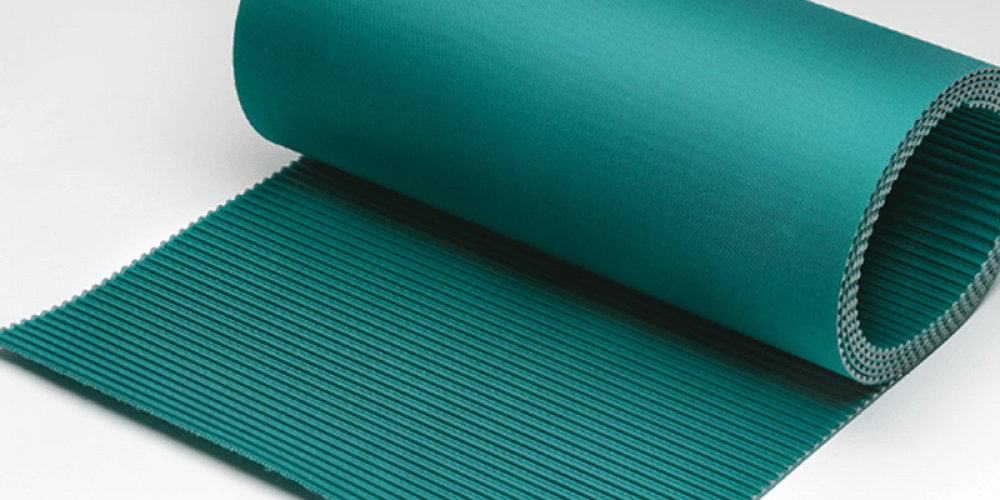
High temperature resistant conveyor belts play an important role in industrial production, but they also have some disadvantages, mainly including the following aspects:
1. High cost
Material cost: High temperature resistant conveyor belts usually use special polymer materials (such as silicone rubber, fluororubber, polyimide, etc.) or metal mesh belts, the cost of these materials is much higher than that of ordinary conveyor belts.
Complex manufacturing process: High temperature tolerance requires materials to have excellent heat resistance and aging resistance. Special processes and equipment are required during the manufacturing process, which further increases the cost.
2. Limited temperature resistance range
High temperature limit: Although it is called "high temperature resistant", conveyor belts of different materials have different temperature tolerance ranges. For example, silicone rubber conveyor belts can usually withstand 200-300°C, while polyimide conveyor belts can withstand 400-500°C, but exceeding their limit temperature will cause material aging, deformation and even failure.
Low temperature brittleness: Some high temperature resistant materials may become brittle in low temperature environments, affecting flexibility and service life.
3. Reduced mechanical properties
Reduced tensile strength: Under high temperature conditions, the tensile strength and wear resistance of the material will significantly decrease, causing the conveyor belt to break or wear easily.
Reduced elasticity: Long-term high temperature will reduce the elasticity of the conveyor belt, affecting its running stability and service life.
4. Easy to age
Thermal oxygen aging: High temperature will accelerate the aging of rubber or plastic materials, causing cracking, hardening, and even powdering of the conveyor belt surface.
UV aging: If the conveyor belt is exposed to sunlight, UV rays will further accelerate the aging of the material.
5. High maintenance cost
Regular inspection: High temperature conveyor belts need to be regularly inspected for surface wear, cracks and aging, and the maintenance frequency is higher than that of ordinary conveyor belts.
Replacement cost: Due to the high material cost, the cost of replacing the conveyor belt is also relatively high.
6. Environmental issues
Waste disposal: High temperature conveyor belts are usually difficult to degrade, and improper post-disposal disposal will cause pollution to the environment.
Production pollution: Harmful substances may be produced during the production process of some high temperature resistant materials, which will affect the environment.